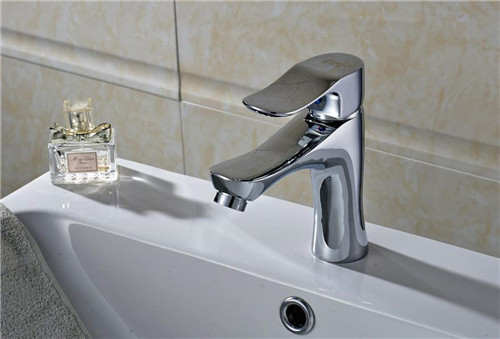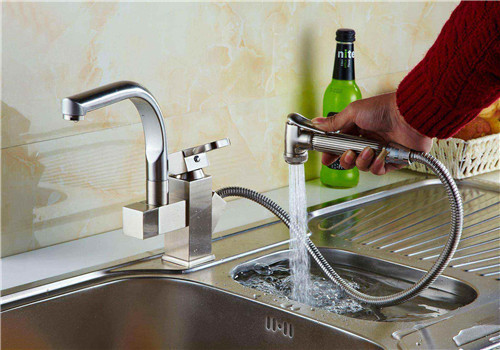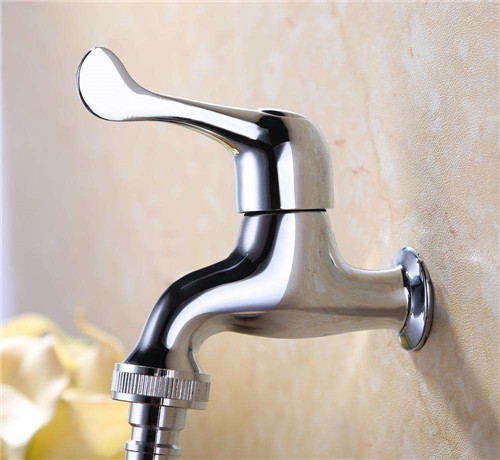
Home / Blog Center / Chargers / Can't Unscrew Your Faucet? Here's What to Try Next
Can't Unscrew Your Faucet? Here's What to Try Next
24/02/2025 | Hawkrown
Faucets are essential hardware products in our homes. Due to their high usage frequency, they may become difficult to operate or break and require replacement after a period of use. However, some homeowners have reported difficulty in unscrewing old faucets when replacing them. So, what should you do if the faucet won't come off? How do you replace a faucet? Let’s take a look at these two questions together!
What to do if the faucet won't come off:
First, use a wrench to loosen the cap. Then, repeatedly turn on the faucet. Once water starts to flow from the cap, you can slowly unscrew the faucet. Alternatively, you can drop some kerosene or machine oil onto the threads of the faucet. After the oil seeps in, you should be able to unscrew it more easily. Lastly, you can pour boiling water over the outer threads, using thermal expansion and contraction to assist with removal.

How to replace a faucet:
1. Before installing a new faucet, first turn off the main water supply in your house to prevent a large amount of water from flowing out when unscrewing. Next, unscrew the old faucet and clean the connection area. Make sure you have the correct new faucet and tools ready, such as plumber's tape and a wrench.

2. Then, wrap several layers of plumber's tape around the threads of the faucet. Ensure it is wrapped evenly, without being too thick or too thin, to avoid leakage during later use.
3. After that, align the newly taped faucet with the connection threads and tighten it clockwise with a wrench. If the faucet is not aligned correctly at the bottom, it may indicate that the tape is too thick. Adjust accordingly by adding or removing some tape until it is in the correct position. Be careful not to apply too much force while tightening to avoid damaging the water pipe.

4. Finally, turn on the water supply and check if the faucet is functioning properly and if there are any leaks at the joints. If you feel the faucet is too tight, you can try to turn it back a little.

In summary, this is an introduction to what to do if a faucet won’t come off and how to replace a faucet. I hope this information can help those in need. If you would like to learn more related knowledge in the future, feel free to follow us at Hawkrown.com.


